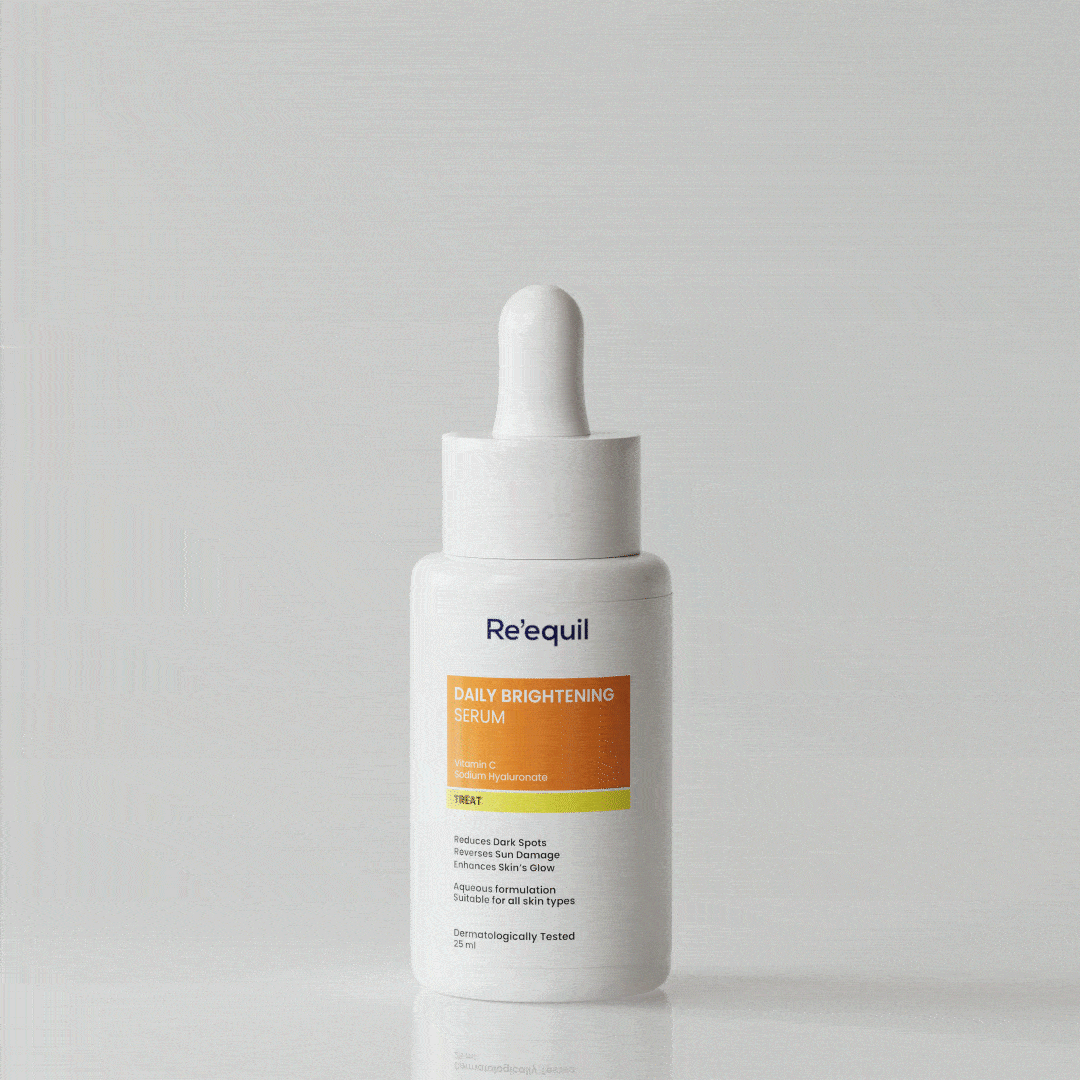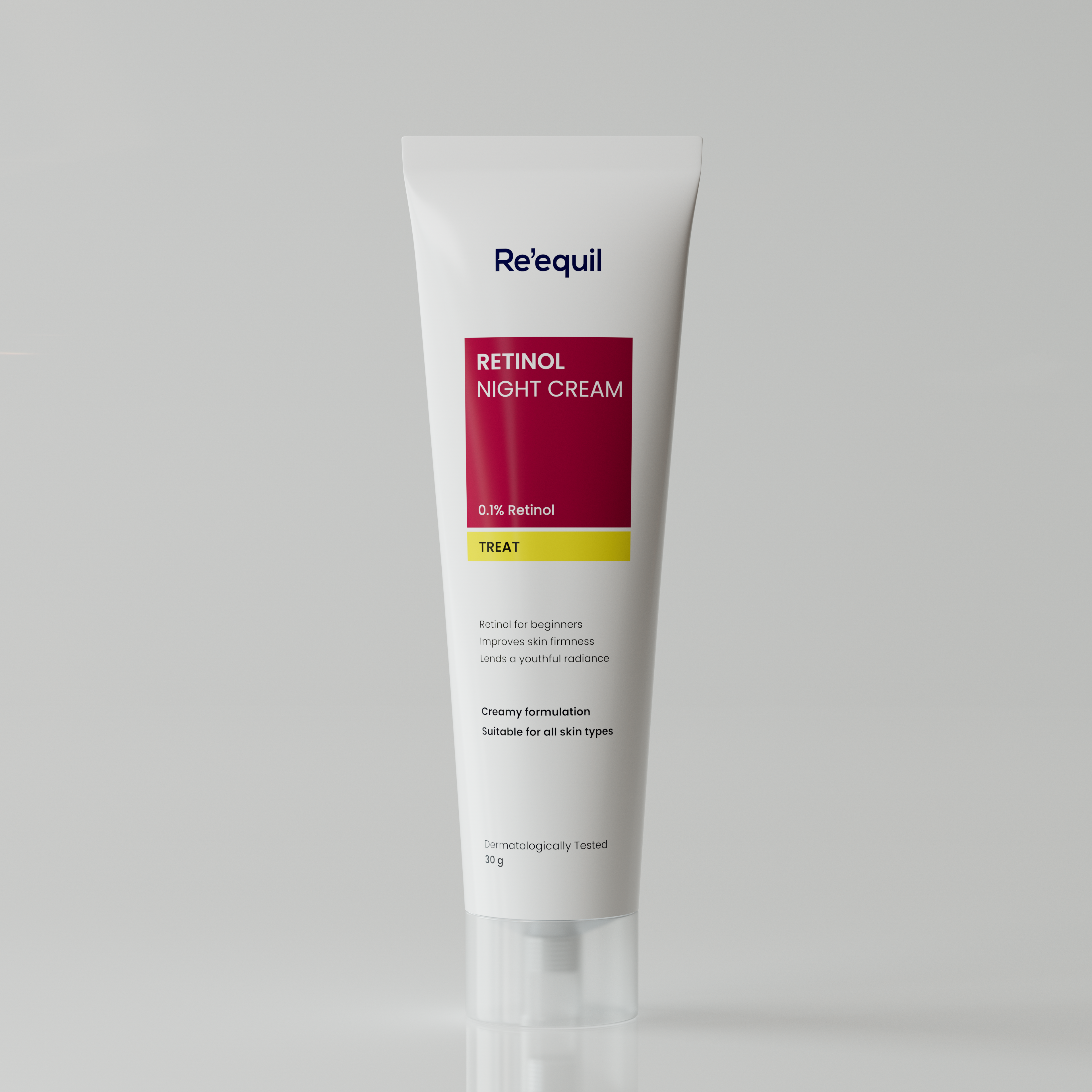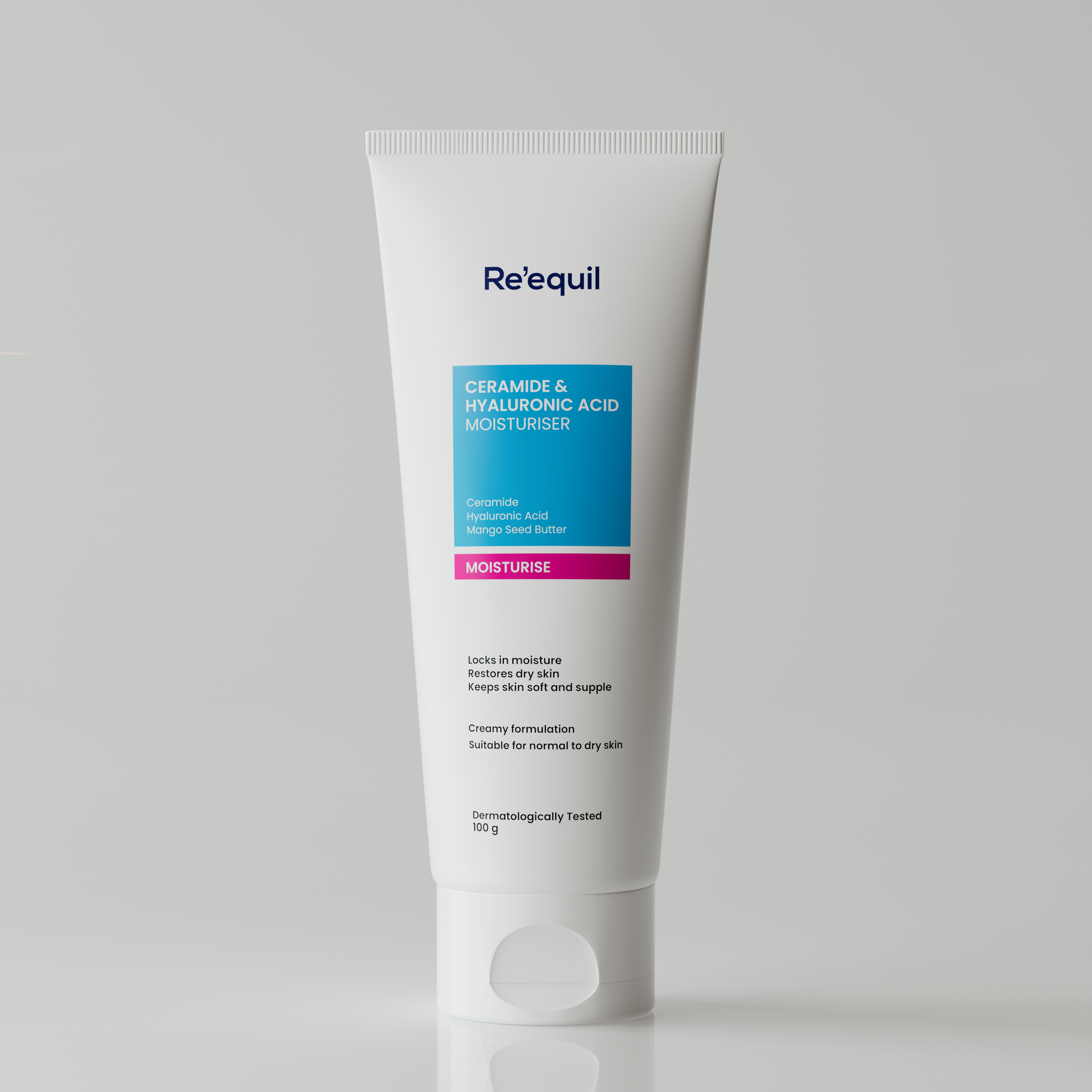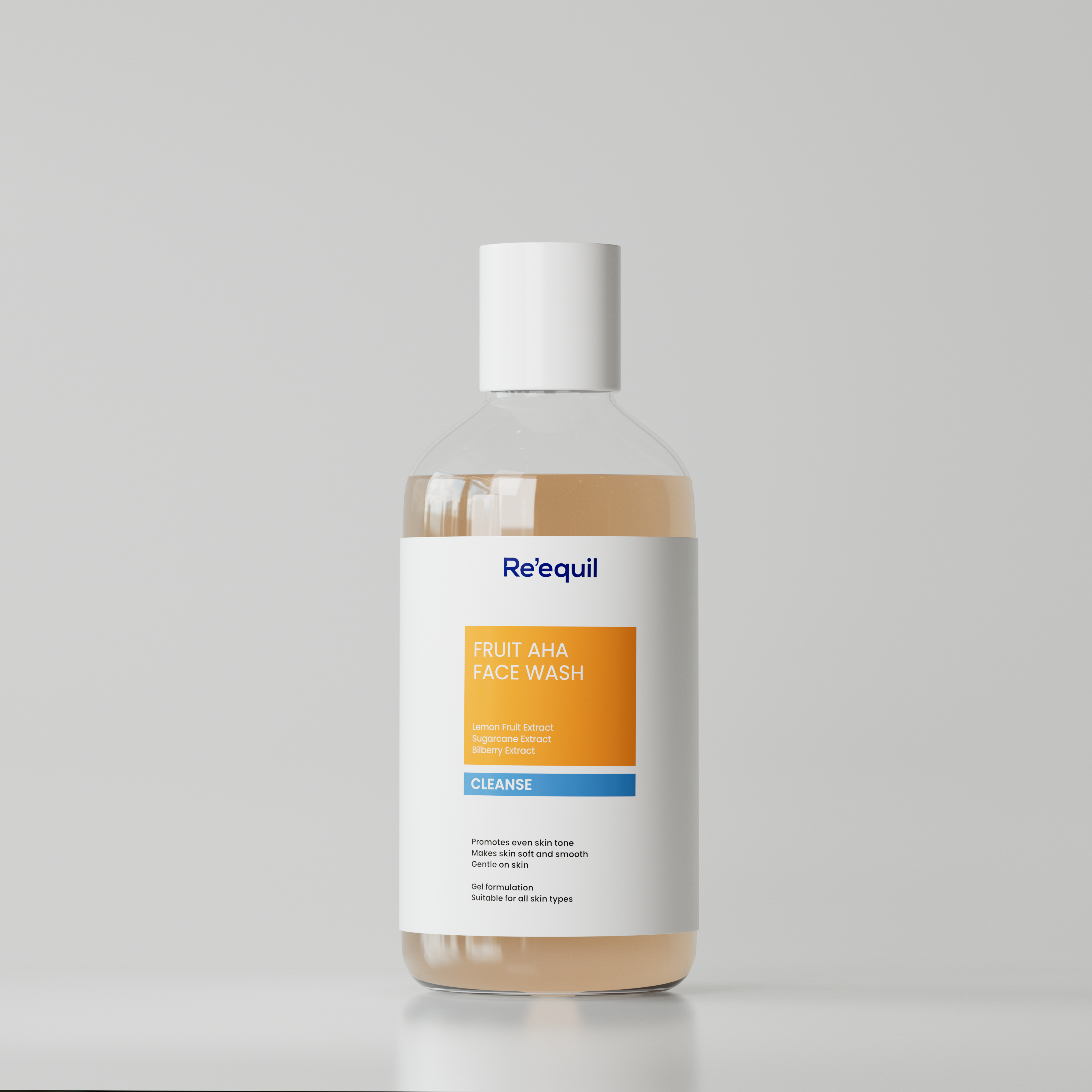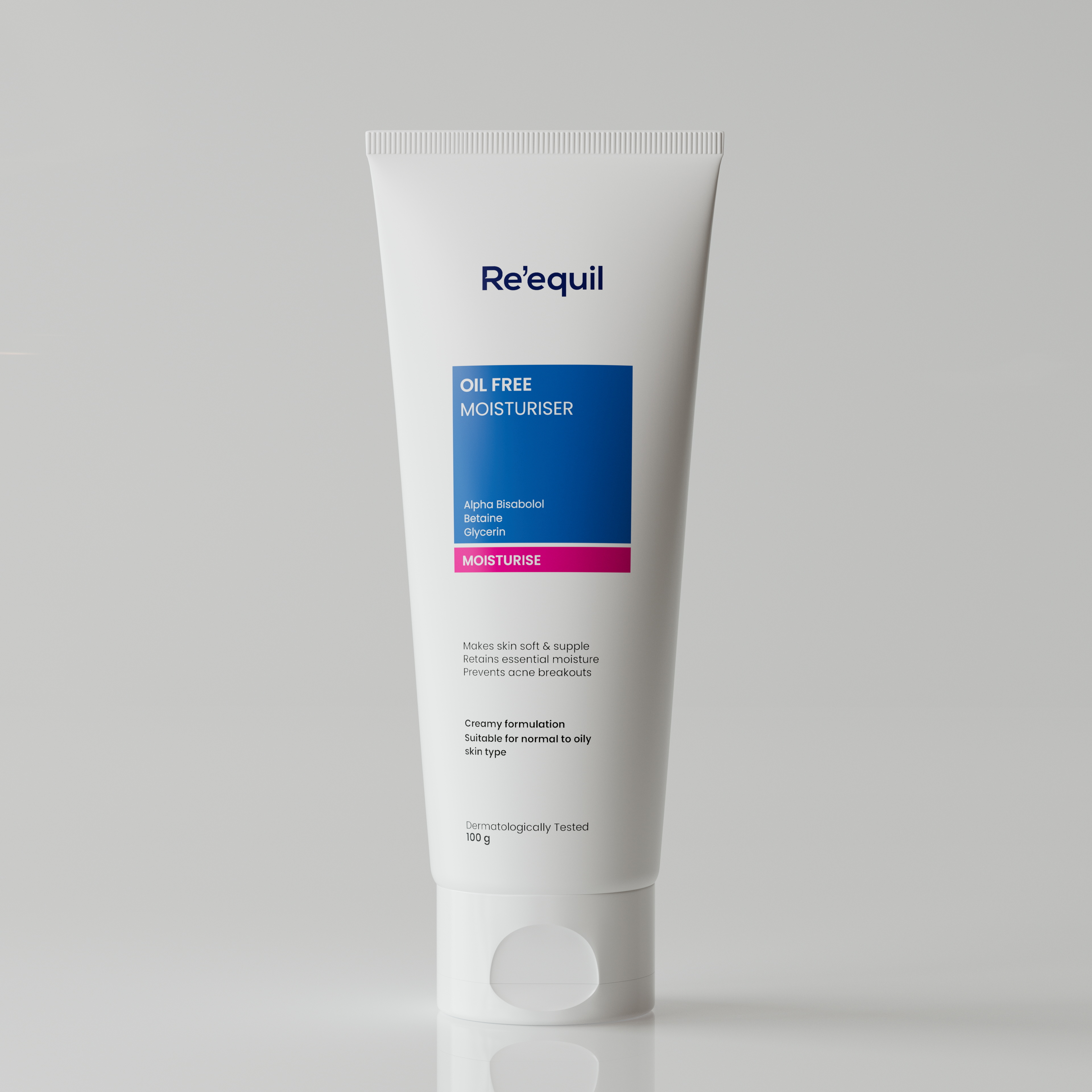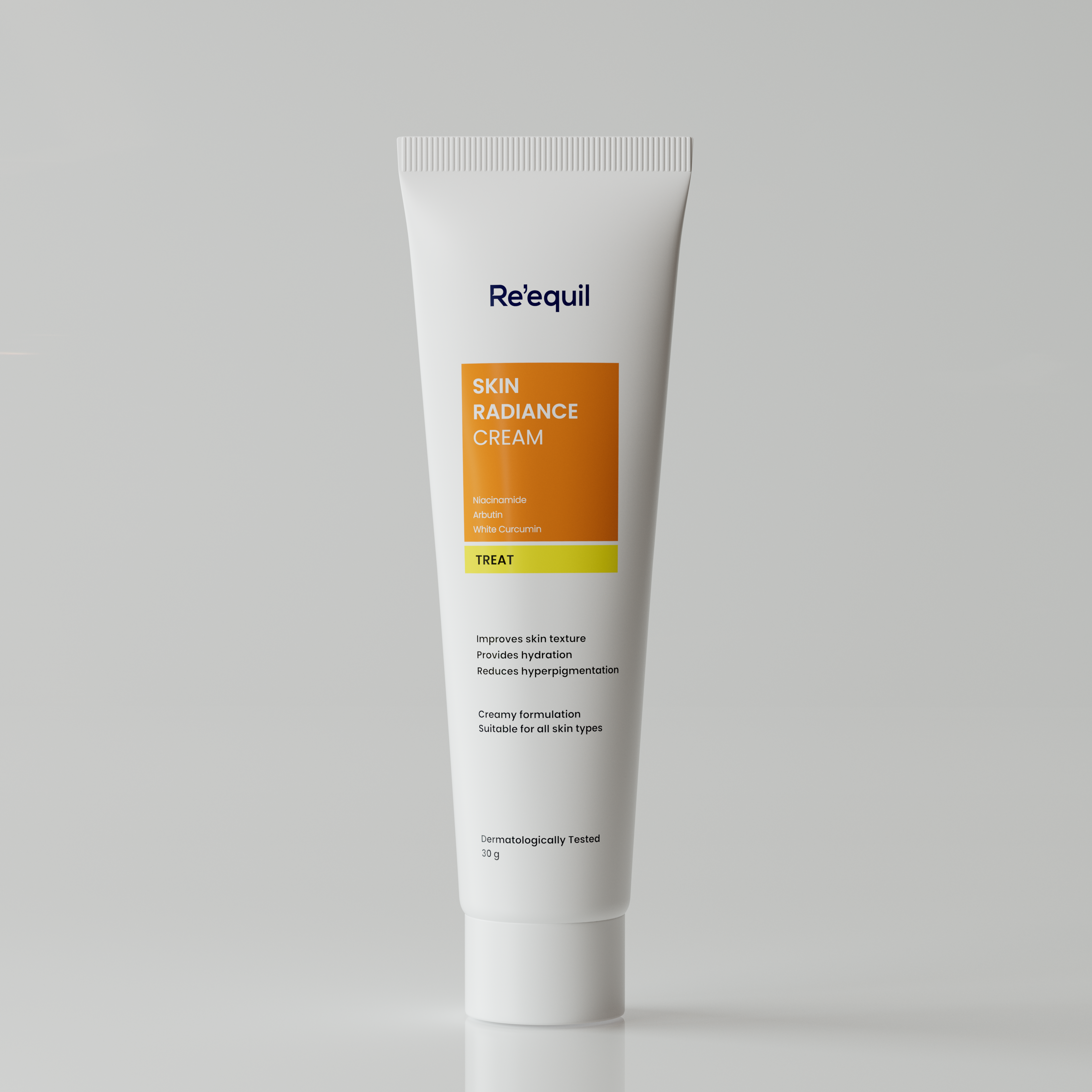Even after consistently following a skincare regime curated mainly for oily skin, you might end up with acne or zits. I'm sure many of you may complain about this. But have you been choosing just the right product which satisfies the needs of your skin?
Dermatologists suggest that when you talk about the greasy texture on the face all day long, you must look out for the “non-comedogenic” ingredients and properties in the product to treat the problem from the grassroot level.
I’m sure many of you might have noticed such heavy terms- non comedogenic or non acnegenic on numerous product labels. However, never bothered to dig in deep!
Let’s have a closer look at what actually non- comedogenic signifies and why is it necessary for oily skin? Keep reading!
What does “non comedogenic” mean?
"Comedo" is a technical name for pimples, which are mainly caused by the clogging of pores. To put it simply, the word non-comedogenic refers to skin care products that do not block the pores, ultimately reducing the chances of oily skin and acne breakouts.
Why Non-Comedogenic Products are a must have for Oily skin?
In the case of oily skin, excess oil production attracts grime, bacteria, and excess sebum. This leads to pore congestion ending up with inflamed acne.
Now, the non-comedogenic products are known to have ingredients that do not clog pores. They keep the pores in the breathable stage so as to avoid any chances of acne breakouts. This is why they are important for oily skin types.
Numerous clinical research studies have demonstrated that the use of comedogenic-free products has successfully reduced the rate of acne exacerbation in acne patients.
Important Tip
In order to understand which ingredients are comedogenic or not, there is this thing called comedogenic rating. It is measured from 0-5. And the ones with comedogenic rating between 0-2 are considered non- comedogenic and the ones with 3-5 are considered non-comedogenic, 5 being the highest.For example, Almond oil has a comedogenic rating of 1-2, while for Capric acid it is 2, and for Cocoa butter it is 4. This concludes to the fact that cocoa butter has a high potential to congest pores, in the above list.
5 Most Common Comedogenic Ingredients with rating
- Coconut butter (4)
- Isopropyl isostearate (4-5)
- Isopropyl linoleate (4-5)
- Acetylated lanolin alcohol (4-5)
- Isopropyl myristate (5)
Non Comedogenic Skincare regimen for oily skin
Oily skin is at a greater risk of numerous dermatological concerns like acne, post-inflammatory hyperpigmentation (PIH), and atrophic pits, etc. Being diligent with your skin care regimen is very crucial if you have oily or acne-prone skin.
1. Cleanser
Oily skin often appears greasy with large pores and therefore, you tend to wash it more often than necessary to get rid of all the extra oil.
Numerous research studies have concluded that Sodium Laureth Sulfate (SLS) is a common comedogenic ingredient used in numerous foaming face washes. Another drawback is its strong surfactant properties also snatch away the necessary oils from your skin, ultimately leading to damaged and rough skin.
Skin care experts explain that
- non-comedogenic and
- sulphate free cleansers
help to decongest the pores meanwhile balancing out the natural oils of the skin. Zinc PCA based face cleansers are considered quite good for people having oily and acne prone skin. This topical ingredient not only helps to control the overproduction of oils but also offers calming effects to your skin.
2. Toner
After cleansing the face, toners with non-comedogenic ingredients go that extra mile for your oily skin! Facewash can surely give you a cleansed skin, but does it remove the last traces of dirt and make up from your face?
Well, it does not. So toners help you to wipe off those tiny particles of pollutants and make up products from the skin. This magnetic action unclogs the pores and helps in keeping your skin clean and clear. Go for ingredients like Witch Hazel Extract, Allantoin and Esculenta Fruit Extract.
3. Moisturizer
Many people have the misconception that oily skin does not require moisturizer.
Contrary to the common belief, when you do not moisturize your skin, your sebaceous glands start producing more sebum to replenish the moisture content which ultimately leads to more clogged pores and breakouts.
In simple words, keeping your skin hydrated will help to reduce the amount of oil produced by your skin. So without further ado, help your skin to stay flawless and healthy for years to come.
4. Sunscreen
Prolonged unprotected sun exposure triggers the heavy oily production in the oily skin. Thus congesting pores. This is why sun protection is necessary for oily skin as well.
Now, choosing a sunscreen can be a little tricky for greasy skin. Here is an important tip you should keep in mind the next time you buy sunscreen for your skin type.
Look for a sunscreen with non - comedogenic properties. If it is described as non-comedogenic, it implies that it is unlikely to clog the pores. Else, it will block the pores resulting in acne lesions on the face. Some of the ingredients that can suffocate pores include lanolin, argan oil, soybean oil, olive oil, and coconut oil.
On the other hand, non-comedogenic ingredients allow the skin pores to "breathe," saving you from the effects of clogging.
Takeaway
When your skin is fed according to its needs, it never fails you! This is why it is very crucial in your skincare journey to a) know your skin type and b) research what will suit that skin type. This will ensure little to no harsh reactions on your skin. Also, never forget to read the labels of skin care products before buying them.
And now we hope you’ll never forget to check and choose ‘non-comedogenic’ products for a healthy skin care regimen!




